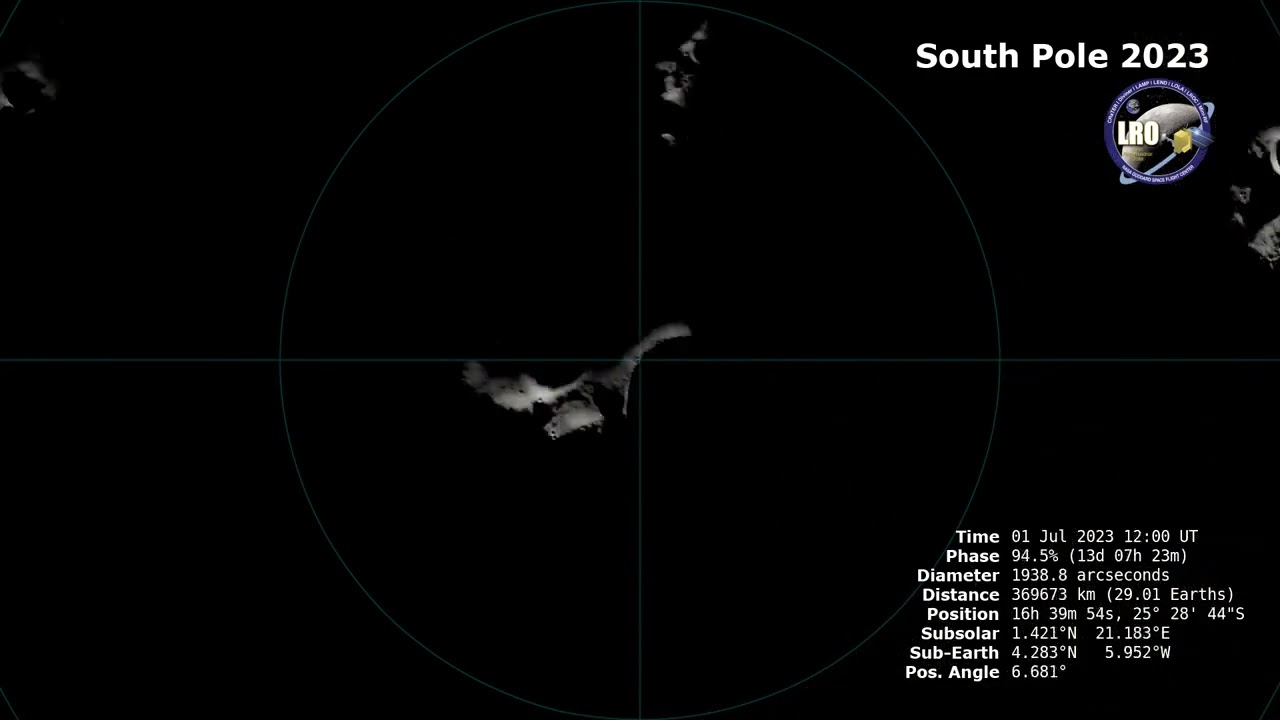
Some areas of the Moon have never seen sunlight.
These dark spots are mainly in craters around the Moon’s poles. Spacecraft have found that these areas hold water, or rather, ice.
This discovery has made space agencies excited to send rovers, landers, and even humans to explore them in the future.
So, why doesn’t sunlight reach these places?
It’s all because of the Moon’s tilt. Earth is tilted at 23.5 degrees, which gives us seasons. But the Moon’s tilt is only 1.5 degrees. This means that the Sun’s rays hit the Moon almost straight on, lighting up the equator but leaving the poles in long shadows.
Imagine it’s always late afternoon in the dead of winter at the Moon’s poles.
So, no hot girl summers there.
A single mountain wouldn’t create permanent darkness because the shadow would move as the Moon rotates.
However, in a crater with a rim, the bottom and part of the wall stay in shadow. These always-dark areas are called “cold traps.”
They stay below -160°C (-260°F), so any ice there remains solid as a rock for billions of years.
Most cold traps are at the Moon’s South Pole, attracting attention from space agencies. Russia’s Luna 25 and India’s Chandrayaan-3 missions aim to explore these spots soon.
China plans to send its Chang’e-7 lander and rover by 2026, and Jeff Bezos’ Blue Origin is also preparing a mission. NASA’s Artemis 3, with goals to return humans to the Moon, is scheduled for December 2025.
However, delays from SpaceX’s Starship issues might change this plan.
The Moon’s water isn’t just ice in cold traps. It’s also in hydrated minerals and tiny glass beads formed from impacts. Water molecules are even found in the dust of sunlit areas.
This water comes from various sources, including ancient volcanoes, comets, and the interaction between the lunar soil and solar wind. More research is needed to fully understand where all this water comes from.
That Moon of ours has icy secrets, waiting for us to uncover them. Just don’t forget your winter coat if you visit.
If you thought that was interesting, you might like to read about 50 amazing finds on Google Earth.